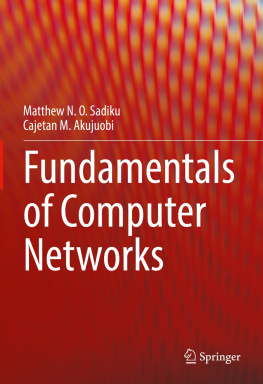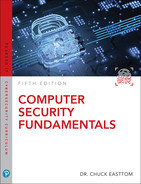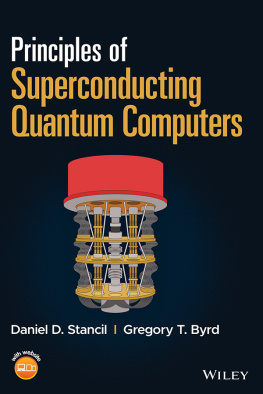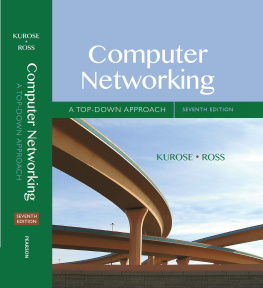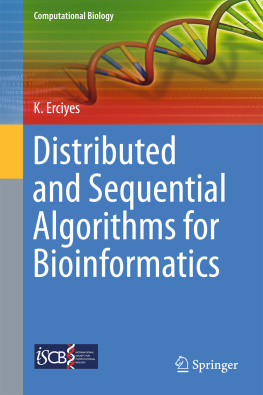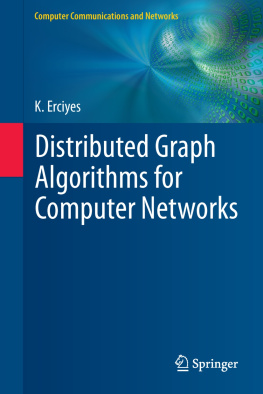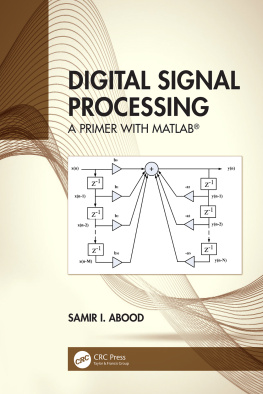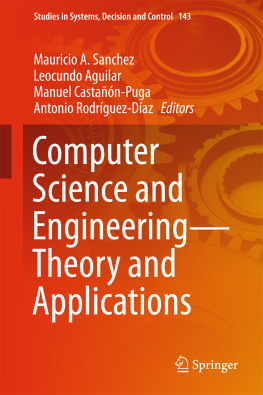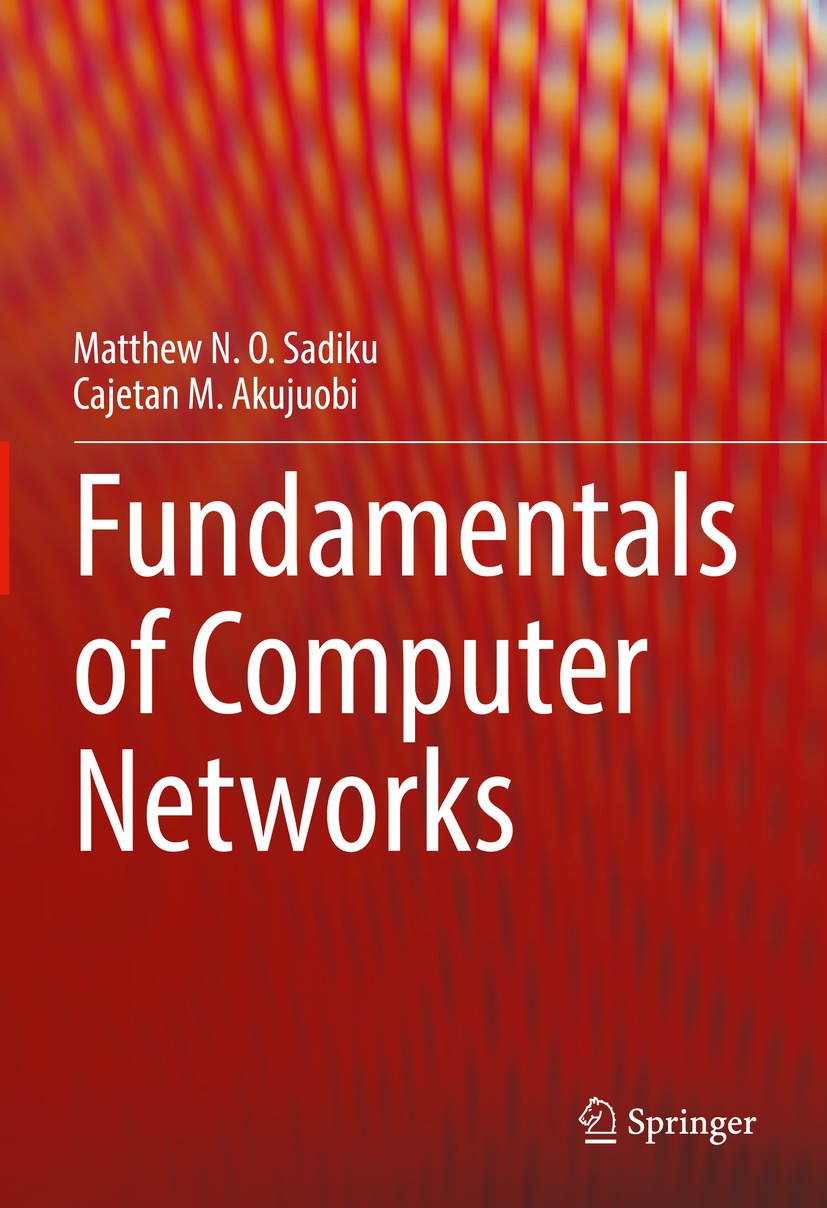Matthew N. O. Sadiku
Prairie View A&M University, Prairie View, TX, USA
Cajetan M. Akujuobi
Prairie View A&M University, Prairie View, TX, USA
ISBN 978-3-031-09416-3 e-ISBN 978-3-031-09417-0
https://doi.org/10.1007/978-3-031-09417-0
The Editor(s) (if applicable) and The Author(s), under exclusive license to Springer Nature Switzerland AG 2022
This work is subject to copyright. All rights are solely and exclusively licensed by the Publisher, whether the whole or part of the material is concerned, specifically the rights of translation, reprinting, reuse of illustrations, recitation, broadcasting, reproduction on microfilms or in any other physical way, and transmission or information storage and retrieval, electronic adaptation, computer software, or by similar or dissimilar methodology now known or hereafter developed.
The use of general descriptive names, registered names, trademarks, service marks, etc. in this publication does not imply, even in the absence of a specific statement, that such names are exempt from the relevant protective laws and regulations and therefore free for general use.
The publisher, the authors, and the editors are safe to assume that the advice and information in this book are believed to be true and accurate at the date of publication. Neither the publisher nor the authors or the editors give a warranty, expressed or implied, with respect to the material contained herein or for any errors or omissions that may have been made. The publisher remains neutral with regard to jurisdictional claims in published maps and institutional affiliations.
This Springer imprint is published by the registered company Springer Nature Switzerland AG
The registered company address is: Gewerbestrasse 11, 6330 Cham, Switzerland
Preface
Computer networking is an exciting and fascinating field of study. It is the fastest growing technology in our society. A computer network is a connection of two or more autonomous computers and other devices so that they can communicate and share information. It enables sharing of files, data, and devices such as printers. It facilitates interpersonal communications and allows users to communicate via various means: email, instant messaging, chat rooms, telephone, video telephone calls, and video conferencing. Computer networking relies on the related discipline of electrical engineering , computer engineering, and computer science .
Earlier, computer networks consisted of mainframes in a building. Computers became more powerful, smaller, and less expensive, to the point that the typical desktop PC is equivalent to an early mainframe. This led to the need to network those devices within the workplace to form a local area network (LAN) that will allow PC users to share access to hosts, databases, printers, etc.
The growth of computer networks from local area networks (LANs) to the Internet has been rapid. Right now, we have many different types of computer networks. They are often classified in terms of their geographical coverage:
Local area network (LAN), which covers a building or campus
Metropolitan area network (MAN), which covers a city
Wide area network (WAN), which can cover a nation, continent, or anywhere on Earth
The most popular computer network is the Internet, which is a WAN. Global Internet enables its users to access enormous amount of information worldwide.
Computer networks have emerged as the integration of technologies in computer and communication, and their evolution is tightly related to the advances in these two areas. Our modern society has been greatly affected by computer networks, especially the Internet. Computer networks have changed how we live, educate, entertain, and do business. Within a short time, computer communication networks have become an indispensable part of business, industry, and entertainment. Industries, government agencies, military, education, libraries, healthcare, law enforcement, justice, manufacturing, financial services, insurance, transportation, aerospace, telecommunication, energy, retail, and utilities are becoming increasingly dependent on the computer networks. People now can easily and conveniently connect to anybody anywhere in the world, send emails, access information, do shopping, and chat on the Internet without leaving their homes.
The major objectives of this book are:
To introduce students to how computer networks work
To familiarize students with international standards for computer networks
To bring to students awareness the newly emerging technologies in computer networking
Most books on computer networks are designed for a two-semester course sequence. Unfortunately, electrical and computer engineering has grown considerably, and its curriculum is so crowded that there is no room for a two-semester course on computer networks. This book is designed for a 3-hour semester course on computer networks. It is intended as a textbook for senior-level students in electrical and computer engineering. Their mathematical background should include calculus and probability. But no advanced mathematics is required.
This book is intended to present computer networks to electrical and computer engineering students in a manner that is clearer, more interesting, and easier to understand than other texts. All principles are presented in a lucid, logical, and step-by-step manner. As much as possible, we avoid wordiness and giving too much detail that could hide concepts and impede overall understanding of the material. Ten review questions in the form of multiple-choice objective items are provided at the end of each chapter with answers. The review questions are intended to cover the little tricks which the examples and end-of-chapter problems may not cover. They serve as a self-test device and help students determine how well they have mastered the chapter. A problem solution manual will be provided, and it will be available directly from the publisher.
The book is organized to serve as a textbook for an undergraduate course in computer networks. The book is divided into 12 chapters, with each chapter self-contained.
Chapter : Introduction. The introductory chapter defines computer networks and provides examples. It covers common protocols, types of computer network (LANs, MANs, and WANs), and popular applications of the computer networks.
Chapter : Digital Communications. The idea of a digital communication system and all of the various components that make up the entire system are discussed in this chapter. This includes the transmission media, the encoding techniques, bit/byte stuffing, multiplexing, and the different types of switching techniques.
Chapter : Network Models. In this chapter, the network models such as the Open Systems Interconnection (OSI) and the Transmission Control Protocol/Internet Protocol (TCP/IP) models are presented. This chapter also discusses the different networking applicationsthe internetworking system devices and Signaling Systems No. 7 (SS7).

